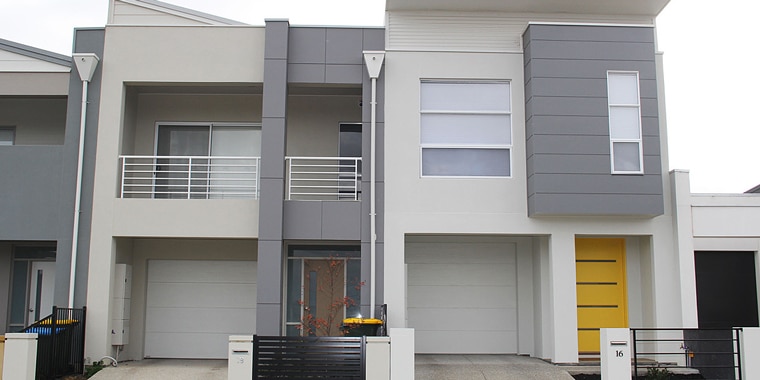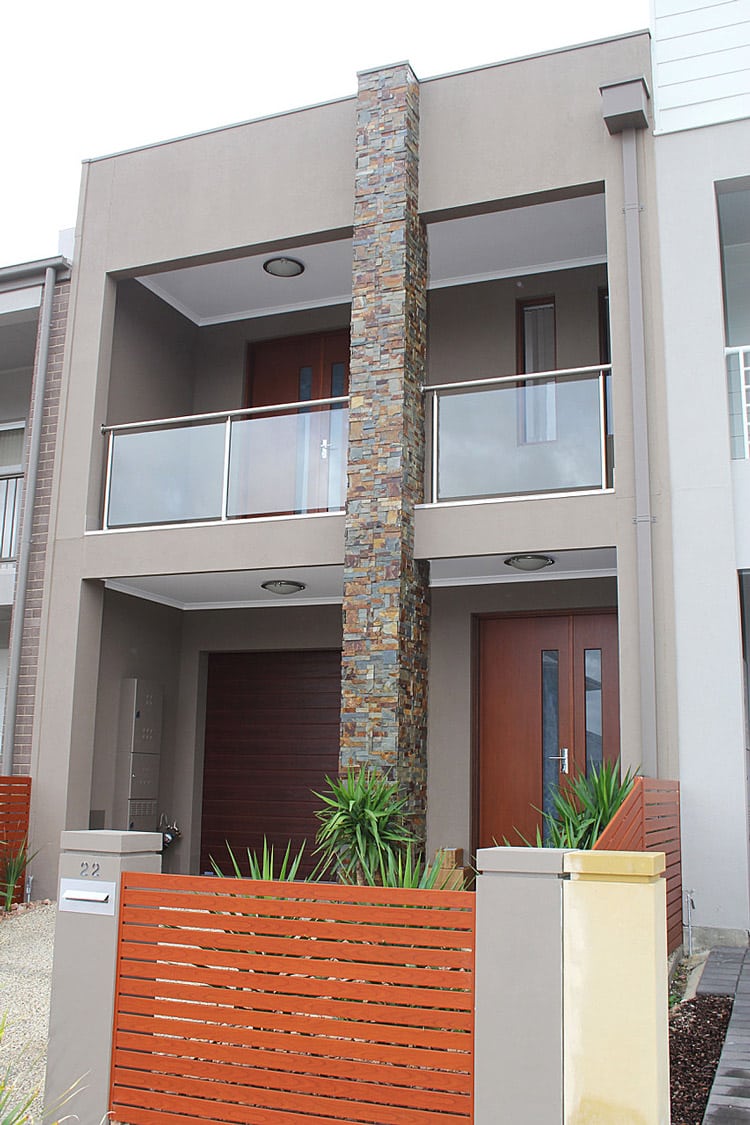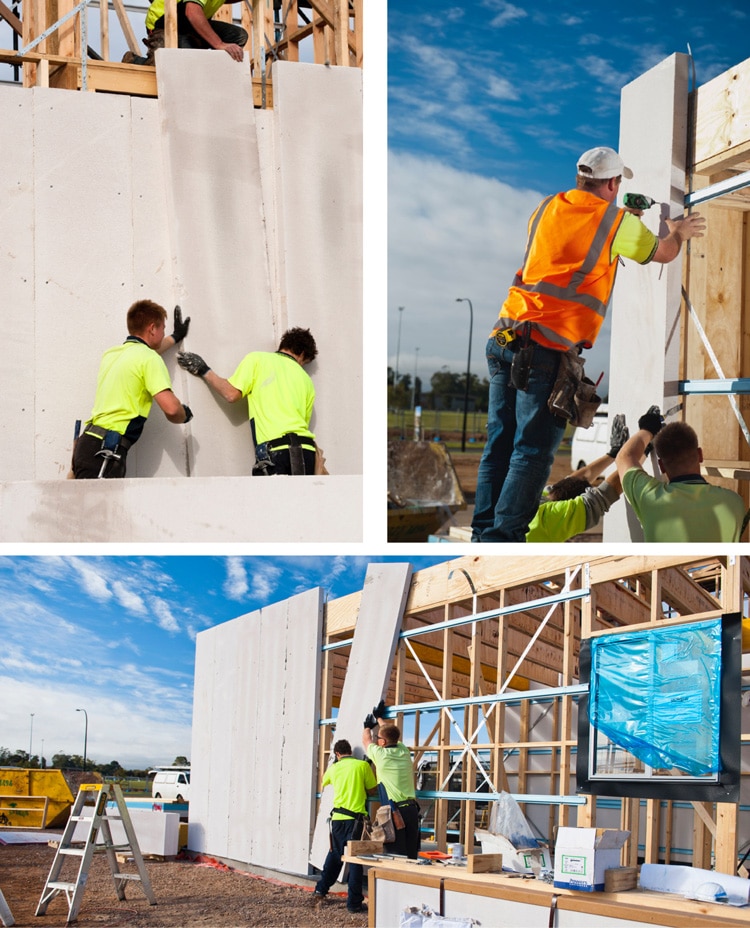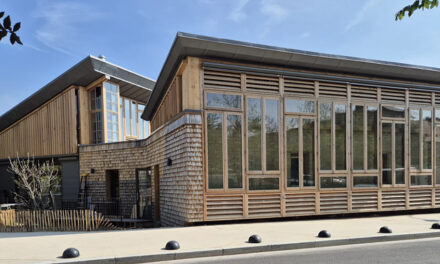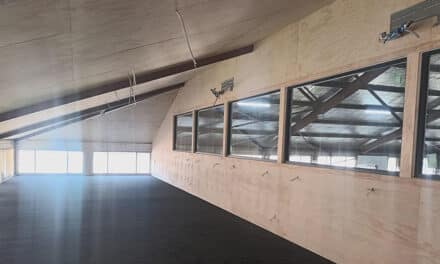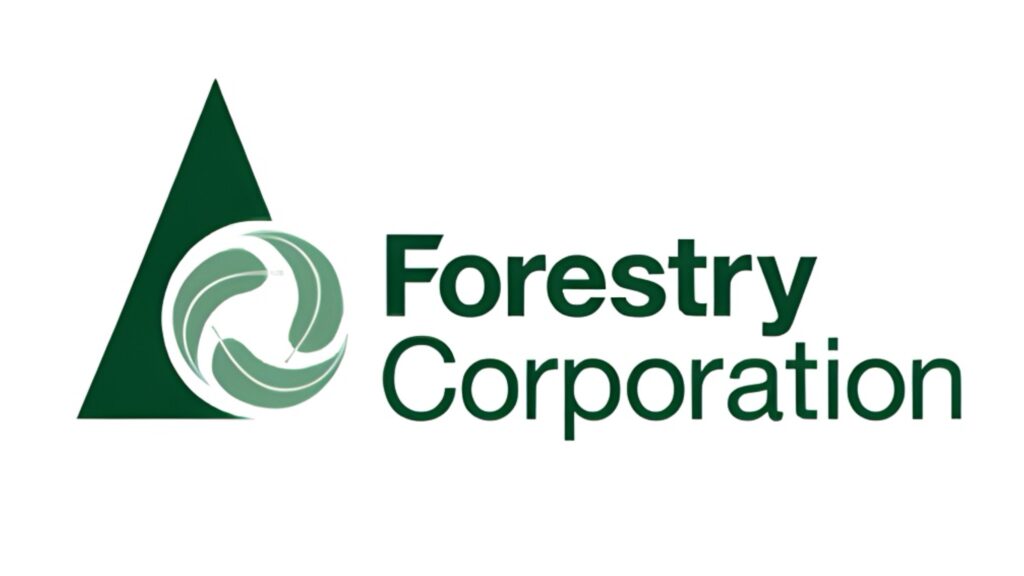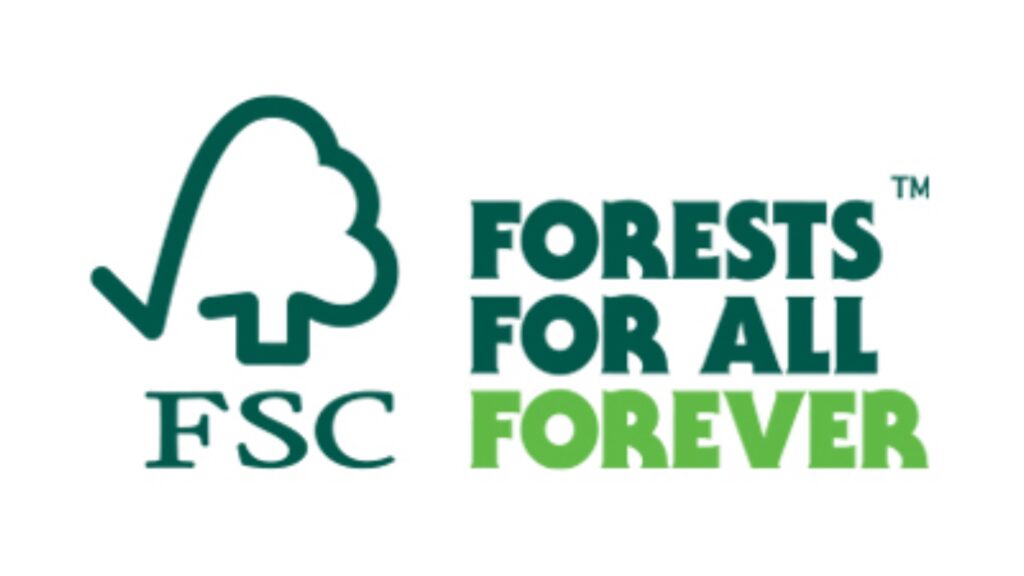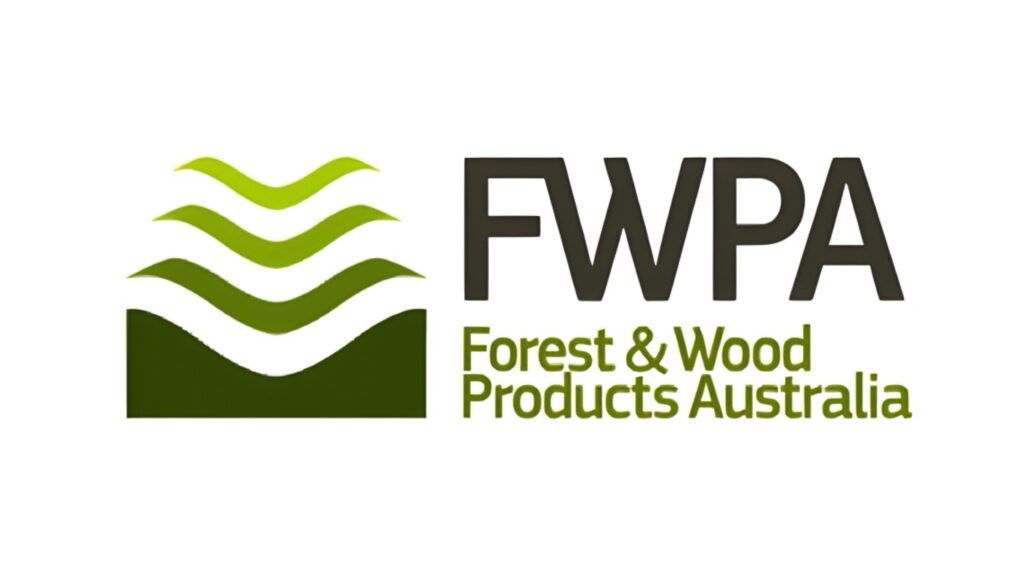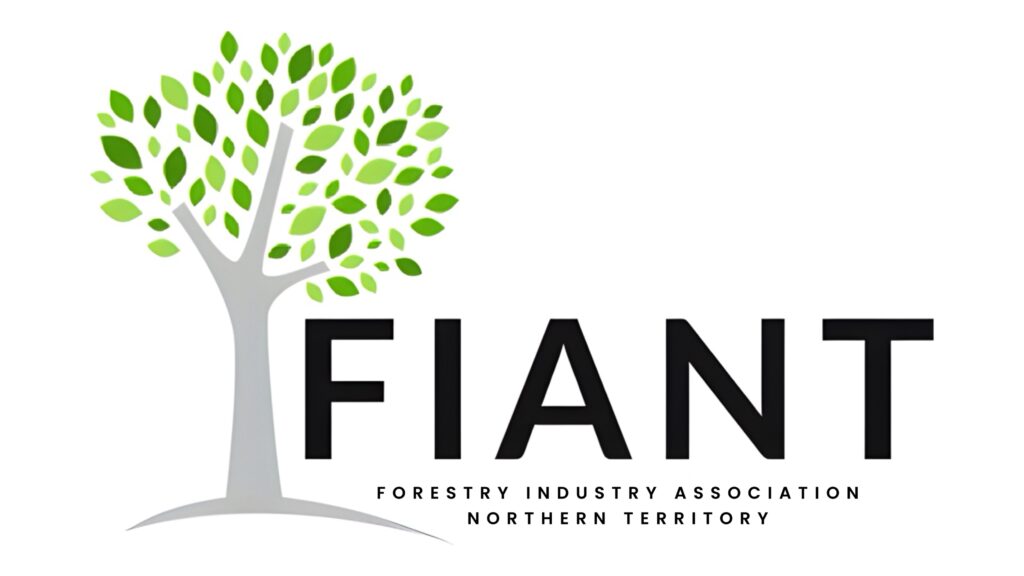THE FUTURE OF FRAME AND TRUSS: PREFABRICATION LEADS THE WAY
BIG RIVER CHAMPIONS COMPLETE SOLUTIONS, PRODUCTIVITIY AND ONSITE WASTE REDUCTION.
Completed house project that feature products from the Big River Group.
The installation of prefabricated wall sections speed up the construction process.
All photos: Big River Group
Over the past twelve months, the Australian building industry faced significant challenges, including labour shortages, fluctuating material costs, and an increasing focus on sustainability, shaping how homes and commercial buildings are designed and constructed. These pressures are driving businesses across the sector to adapt and innovate, adopting solutions to meet demand while maintaining quality and efficiency.
For Big River Group, 2025 will see the business continue to complete solutions that are trade focused and add value to the jobsite productivity. “The 2025 building trends will be on safety, productivity and a continuing shift in construction methods and systems such as an increase of pre-fabricated building components, that support efficiency and productivity,” said Ray Ferretti, Executive General Manager – Construction of Big River Group.
As a first step, Big River Group’s Trade Centres at Dry Creek in South Australia, and Breakwater in Victoria, demonstrate this commitment to addressing challenges with reliable, high-quality solutions for the frame and truss sector.
“Both Dry Creek and Breakwater are focused on supporting builders with prefabricated roof trusses, wall frames, and floor trusses, which are becoming increasingly critical in addressing on-site inefficiencies and labour shortages,” said Ferretti. “By tailoring our solutions to meet the specific needs of projects – whether boutique homes in South Australia or multi-residential developments in Victoria – we’re helping builders embrace offsite construction methods that improve efficiency and manage costs in today’s challenging market.”
Given the challenges builders face on-site with labour shortages and unpredictable weather, there has been a noticeable shift toward offsite prefabrication. Prefabricated solutions not only speed up the construction process but also allow potential issues with plans or engineering to be identified before they arise on-site, avoiding rework and costly fixes by various trades.
To stay competitive in a demanding market, Big River Group has integrated advanced tools and streamlined processes across its operations. At Dry Creek, AI-powered design software enhances precision and production speed, while Breakwater features the latest Hundegger saws paired with skilled estimators and designers who utilise cutting-edge design programs. These tools ensure quality control and competitive pricing through continuous improvements in design and machinery.
Additionally, Big River Group offers a comprehensive range of solutions, including flooring and framing cladding products such as MaxiWall and a full range of fibre cement products by Etex and James Hardie. These materials not only streamline construction but also deliver high performance, durability, and a modern aesthetic, supporting the industry’s evolving needs.
The building industry is becoming less reliant on global supply chains, but some projects will continue experiencing sourcing delays next year. Big River Group has worked intensely with supply chains to ensure they can achieve the best supply rates to support the industry with core products.
“Supply at our Dry Creek centre has been consistent due to the strong relationships we’ve built with our suppliers over the years,” said Ferretti. “Our stock management system ensures we can meet production requirements at all times, giving builders the confidence that their projects will stay on track.”
Big River further strengthens its operations by supporting Australian timber mills, ensuring the supply of top-quality framing materials, an approach that not only guarantees high standards but also results in greater efficiency and reduced wastage on-site.
At its Breakwater facility, Big River Group has made significant progress in reducing its environmental impact. Historically, a large volume of timber offcuts, strapping, and general waste went to landfill. Today, through partnerships with recycling organisations like Visy, SIM Metal, GT Recycling, and the Mulch Company, the company has achieved a 95% reduction in landfill waste. Timber offcuts are now repurposed into garden mulch and industrial products, saving approximately $65,000 in landfill fees annually. Plastics from timber packs and strapping are recycled through GT Recycling, while metals such as plates and strapping are processed through SIM Metal. Office paper and cardboard are fully recycled through Visy, with secure shredding for confidential documents, and all printer and photocopy cartridges are recycled. “By recycling all our materials – from timber offcuts to plastic and metal – we’ve significantly reduced our environmental impact while optimising our processes for greater efficiency,” said Ferretti.
As part of Big River’s commitment to add value to customers and building projects, there is a robust training program in place for staff. Ferretti adds, “This on-going training allows us to continue supporting our products with expert solutions and technical advice responding to the demands of ever-changing industry requirements, as well as providing a pipeline of talent to support the company’s evolving needs.”
Big River also invests in comprehensive development programs to upskill its workforce, enabling employees to step into technical roles like design and estimation. Central to these efforts are advanced industry design software platforms such as Multinail and Pryda, which play a vital role in enhancing the company’s frame and truss operations.
“At our Dry Creek Trade Centre, Multinail’s software allows us to create highly precise designs for roof trusses, wall frames, and floor systems, ensuring seamless integration with engineering requirements and production workflows,” said Ferretti. “In Victoria, Breakwater uses Pryda’s software to optimise prefabrication processes, enabling efficient estimation and the early detection of potential structural issues. These tools are essential in helping us enhance accuracy, reduce waste, and streamline production to meet the growing demands of the construction industry.”
Looking ahead, Big River Group is exploring greater automation in its manufacturing processes and further integration of AI into design workflows. “At Breakwater, we are exploring AI-driven design programs and how we can integrate them with BIM (Building Information Management) systems,” said Ferretti. “This technology will allow builders to see in real-time where trusses or beams may intersect with services in the structure, improving accuracy and reducing lead times.”
Both Dry Creek and Breakwater are positioning themselves as leaders in prefabrication, ready to adapt to a rapidly changing industry.

